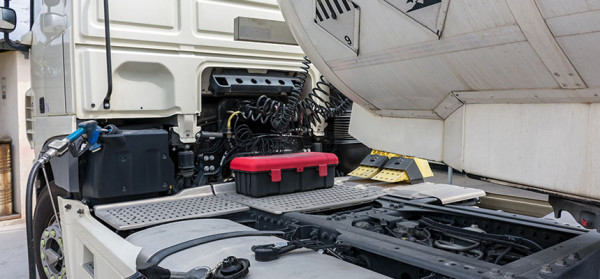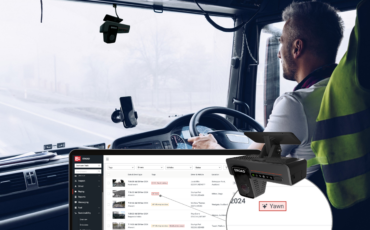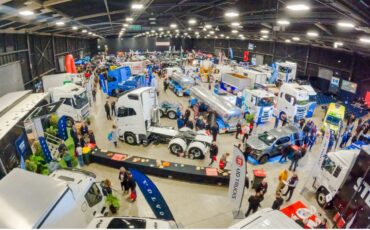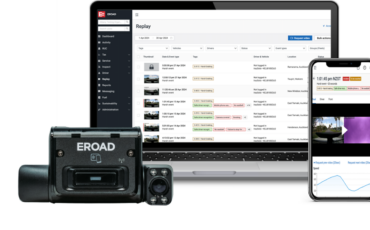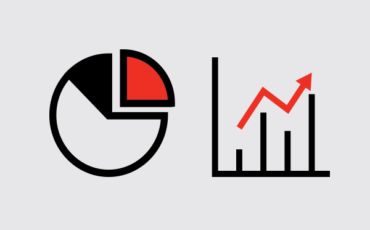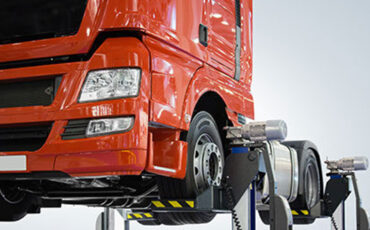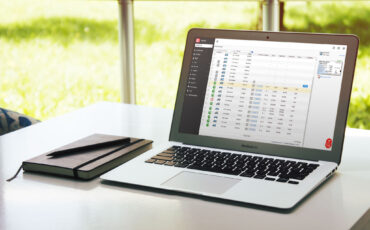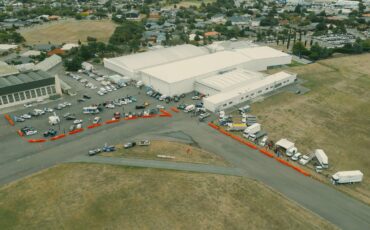3 ways to maximise fuel efficiency when upgrading your fleet
3 ways to maximise fuel efficiency when upgrading your fleet
Fuel efficiency is top of mind for fleet operators, however big or small their fleet. By upgrading to newer more efficient vehicles, fleets can make huge improvements to their fuel usage. However, those potential fuel efficiency savings are heavily influenced by other factors, such as driver behaviour.
We spoke to TR Group’s Hamish Quinn about how to get the best from their latest Euro 6 standard trucks.
Raising the standard on emissions
Euro standards apply to all vehicles made in Europe, and were first introduced in 1970 with the purpose of reducing pollutants. They stipulate how much carbon monoxide, hydrocarbon, nitrogen oxide and particulate matter a vehicle can emit per kilometre.
Over the years, as fuel and engine technology has evolved, so too have the standards. The most recent standard which vehicles are being built to is known as Euro 6, first introduced in 2015, which reduces pollutants by 96 percent compared to the 1992 limits.
Lower emissions don’t automatically equal better fuel efficiency
Many new trucks are now being sold that meet the Euro 6 standard, or close to it with Euro 5 and Euro 4. Fuel emissions are guaranteed to be lower if you move to Euro 6, but not necessarily fuel efficiency or profitability.
Hamish says that simply replacing a Euro 4/5 truck with a Euro 6 on exactly the same route may not pay off in immediate fuel savings if the driver doesn’t get coached on how to get the best out of the technology.
“Just going out and spending the money on a truck is not going to equate to you getting savings,” he says.
“There also needs to be investment that goes into the back of it in terms of load efficiency, and whether the vehicle itself is being maintained and kept up to date, and the driver knowing what’s going on,” he says.
“It’s a question that we always get asked – what is the fuel efficiency of this truck? There are so many components that go into making a vehicle efficient.You could have a driver operating a Euro 4 standard vehicle far more efficiently and effectively than someone in a Euro 6 who is driving without the proper training or knowing what’s going on under the bonnet.”
1. Choosing the right vehicle for your route
Determining the most cost-efficient route for your vehicle will make a big impact on fuel consumption. Undertaking a fleet and route utilisation study is a key step in helping fleet managers know which vehicle is best suited to a job.
But route optimisation is more than simply finding the shortest path between two points. It includes a range of factors such as the number and location of all the required stops on a route, time windows for deliveries and avoiding traffic congestion. Route optimisation typically uses algorithms, and telematics can help identify the most efficient or direct routes.
2. Getting the best of out of newer trucks with driver training
Whether drivers have decades of experience under their belt, or they’re new to the industry, it can often require a mindset shift to move from an older model to a brand new Euro 6.
“New vehicles can actually be more efficient in automatic mode than manual mode, because they’re so sophisticated,” Hamish says.
“A lot of truckies still believe they can operate a truck more efficiently on their own. But the advancements in these vehicles have become such that, by leaving it in automatic mode, the vehicle can access a lot more information about where it operates most efficiently and effectively than the driver can.
It’s just a huge change of mindset. Many drivers want to be in control of the vehicle, and not just a person turning the steering wheelevery so often.”
Driver training can help with that mental shift.
“It can be a frustrating experience for driverswho have always been in older vehiclesrequiring them to manually do all the work. It’s also something many drivers enjoy – it’s part of the enjoyment of the job,” Hamish says.
“Upgrading to a new vehicle isn’t a case of just throwing somebody in the seat and leaving them to it and saying good luck. It’s about changing behaviour.”
3. Using telematics to monitor vehicle fuel efficiency
Hamish says that, although it’s expected a Euro 6 will outperform a Euro 5, it’s not a guarantee.
“There’s the expectation that once you upgrade to Euro 6, because it’s brand new, it would automatically equate to lower fuel burn. But it’s not always the case.
Driver training and route optimisation are vital when upgrading your fleet, so you can get the most out of your vehicles.”
Hamish says that’s where technology comes in.
“GPS trackers and telematics can feed back a lot of valuable information to help fleet managers see where improvements can be made, where they might be falling short, and why they aren’t seeing the cost savings and fuel savings they were expecting.
“Things like, what percentage of its life is the vehicle idling, operating in cruise control, or using the engine brake versus the foot brake? You can pull out this information and see exactly where improvements can be made,” he says.
Are you looking to maximise your fleet’s efficiency or reduce fuel costs? Talk to EROAD to discover how telematics can guide smart operational decisions today and further down the track.
